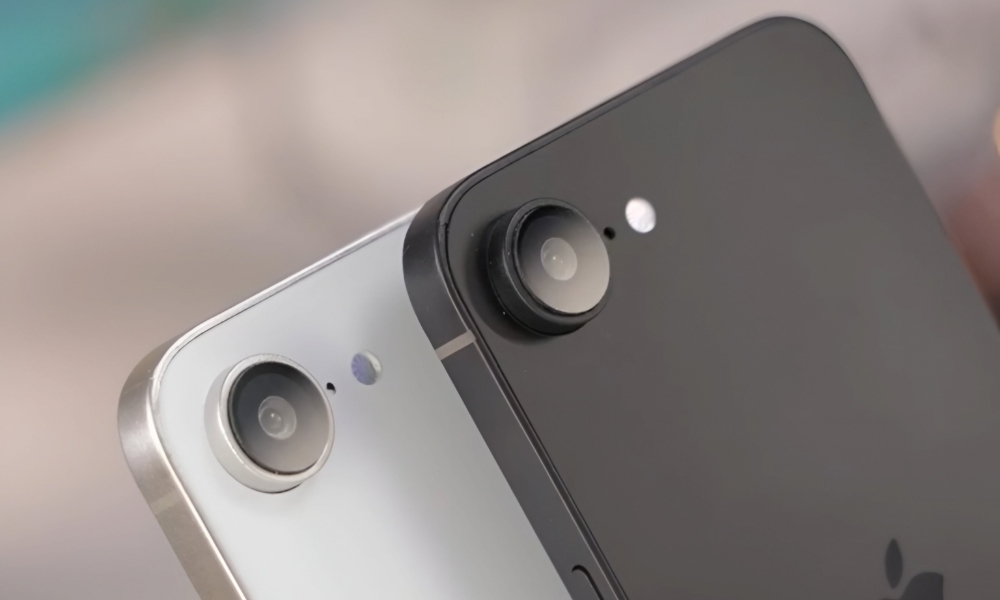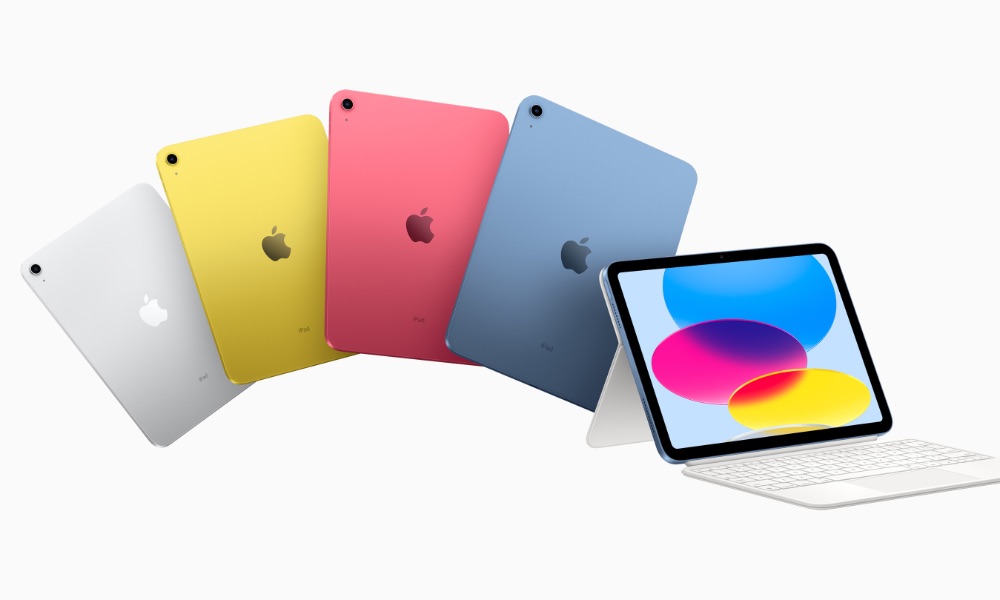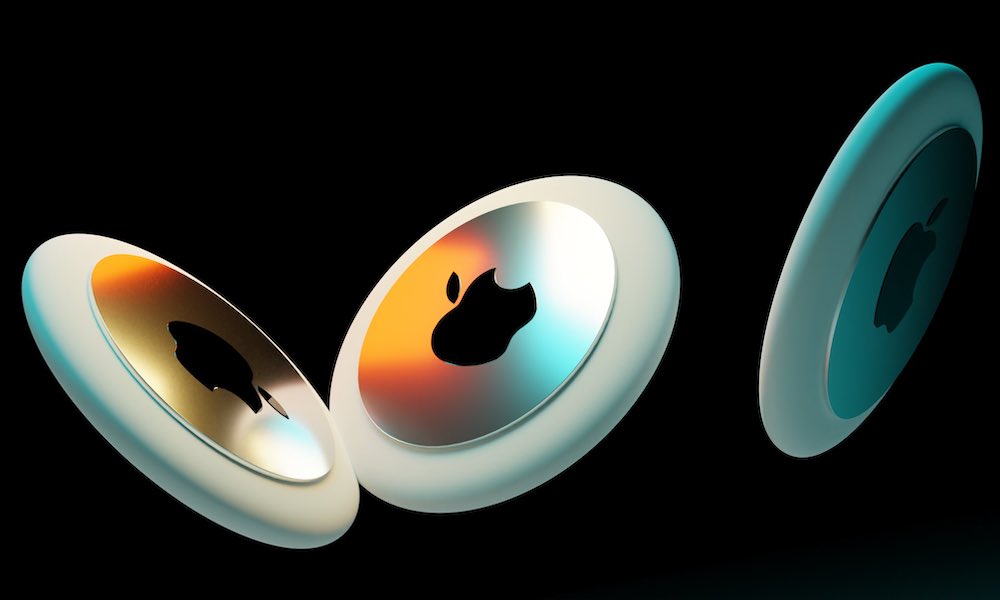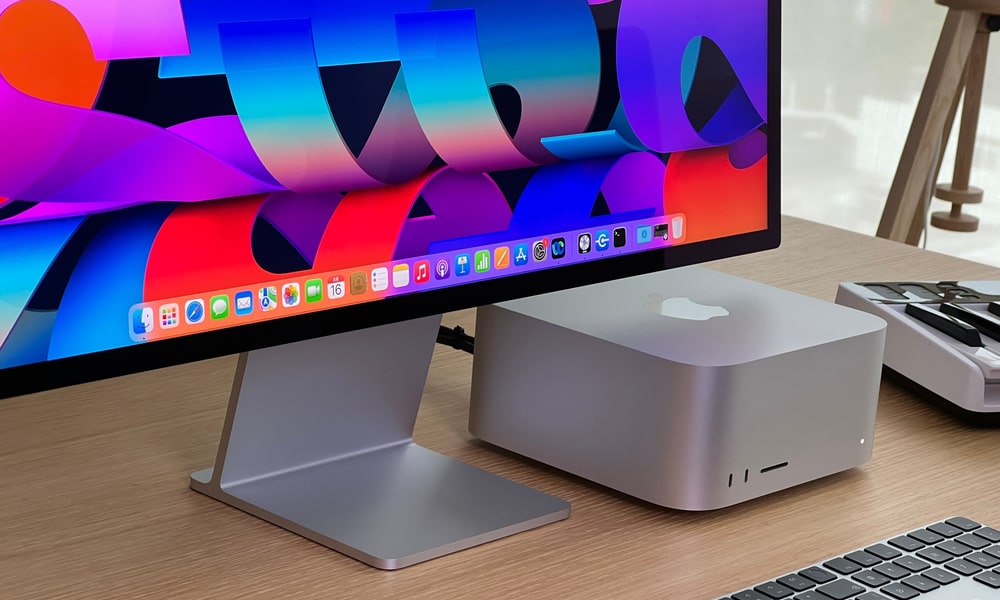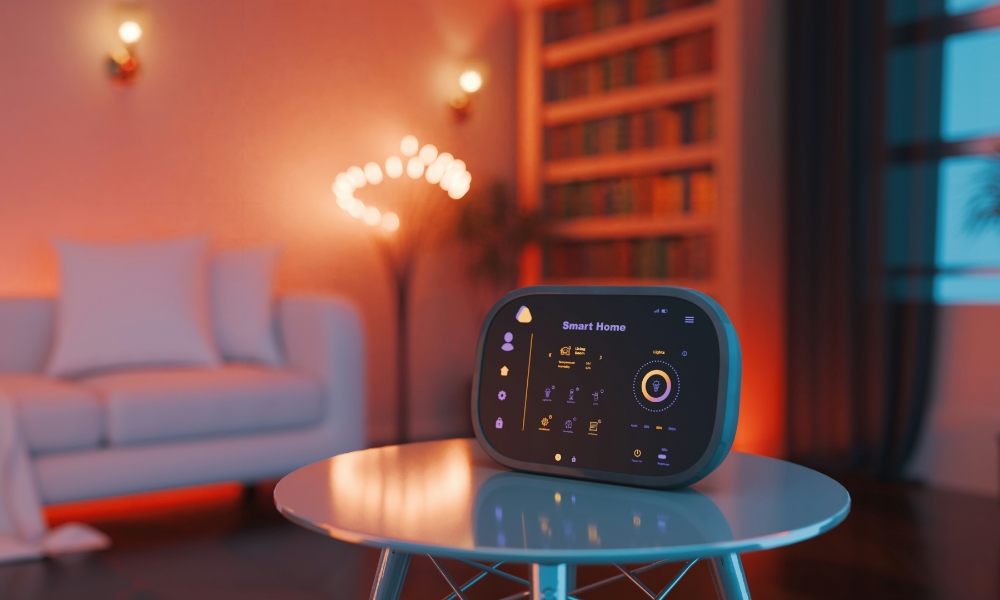7 Products We’re Expecting from Apple This Spring
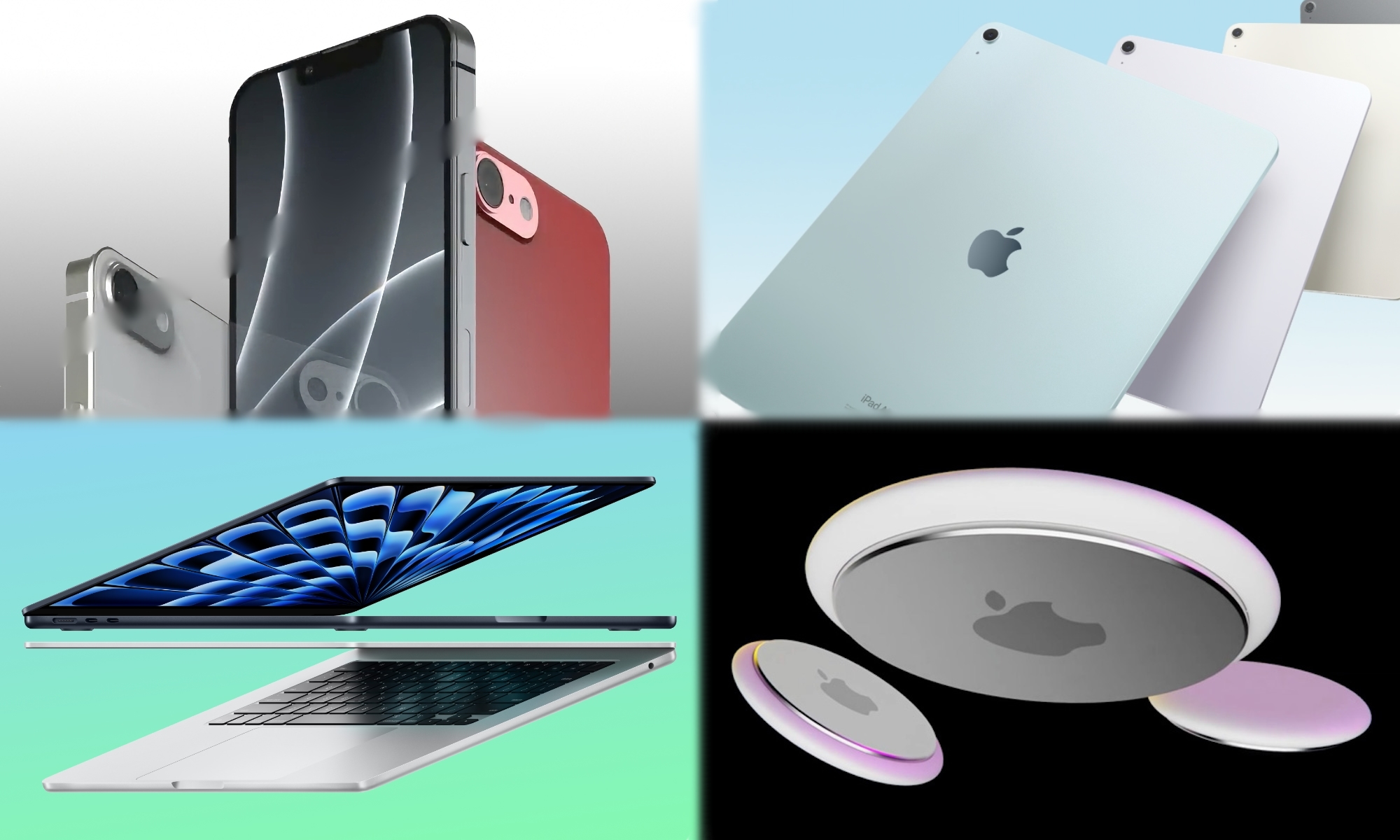
The first part of 2025 is shaping up to be busier than most years for new Apple products. The rumor mill has been running full steam ahead with predictions of everything from a new iPhone SE and iPad Air to second-generation AirTags and a mysterious new Apple home hub.
Some of these products have been anticipated for years, some are more recent predictions, and others are just the ones we usually expect around this time of the year. Still, even across all the categories there are enough reliable pieces of the puzzle falling into place that we can be reasonably sure Apple has some exciting new things in the works. The question isn’t if we’ll see these this year but rather when they’ll arrive.
Read on for seven new products we expect to see from Apple in the next four months.
The Next-Generation iPhone SE
First on the list is Apple’s budget iPhone. With Apple typically going as long as four years between iPhone SE releases, this is probably the most highly-anticipated product of them all. Many believed we’d see a new iPhone SE in 2024 since that aligned with the previous two significant iPhone SE releases in 2016 and 2020 (the 2022 iPhone SE was a spec bump primarily intended to bring 5G support to the model).
However, Apple clearly needed a bit more time to get the new iPhone SE right — which isn’t surprising as it’s expected to be a substantial upgrade — so significant, in fact, that Apple may even choose a new name for it. Some reports have suggested Apple could go with “iPhone 16E,” while others are being more circumspect, suggesting rebranding is likely but not putting any money on what form that rebranding might take.
Whatever it’s called, it will be a significant upgrade over the 2022 iPhone SE. The bezels, LCD screen, and Home Button are going away for good, as is the Lightning port. Instead, we’re expecting something that looks almost identical to an iPhone 14, complete with OLED and Face ID, but packs in the same A18 chip and 8 GB of RAM as the current iPhone 16 models — meaning it will also support Apple Intelligence.
That’s right in line with Apple’s typical iPhone SE playbook, which has always taken the design of a 2.5-year-old iPhone and put the latest A-series chip inside. The 2016 iPhone SE was basically a 2013 iPhone 5s with the A9 chip from the iPhone 6s, and the 2020 iPhone SE followed suit by taking the iPhone 8 and tossing in the iPhone 11’s A13 chip. The core difference this time around will be that the 2025 iPhone SE (or whatever it’s called) is still expected to switch to USB-C and have only a single camera on the back, marking the first time it hasn’t been quite visually identical to its spiritual predecessor.
When can we expect it? In the midst of reports from Bloomberg’s Mark Gurman that it was just around the corner, Apple CEO Tim Cook teased that “the newest member of the family” would be arriving on Wednesday, February 19. While Cook’s oblique tweet didn’t offer even the slightest hint that he was referring to the iPhone SE, other reliable sources have told us flat-out that this is what to expect. The “newest member of the family” also lends credence to the possibility that the iPhone SE will get a new name this year — although that’s certainly not conclusive.
The M4 MacBook Air
It doesn’t take nearly as much clairvoyance to predict that Apple will launch its M4-powered MacBook Air lineup in the next few weeks. In fact, most of the usual sources expected the new M4 MacBook Air to be the first product we’d see in 2025; the iPhone SE upended that plan, likely because Apple wants to get a lower-cost model back on the market in Europe as soon as possible after it was forced to stop selling Lighting-equipped models at the end of 2024.
Having fully settled into the Apple silicon era, we seem to be moving into a comfortable cycle of MacBook releases: new MacBook Pro models in the fall and their MacBook Air counterparts the following spring. That was the two-step with the M3 MacBook Pro and M3 MacBook Air, which were announced on October 30, 2023, and March 4, 2024. With the M4 MacBook Pro arriving one year to the day after the M3 versions, we wouldn’t be surprised if the M4 MacBook Air also lands on March 4, 2025.
The new models have already been “shipping out from factories in Asia for several weeks,” according to Bloomberg’s Mark Gurman, which means they could be announced any day now.
A New iPad Air
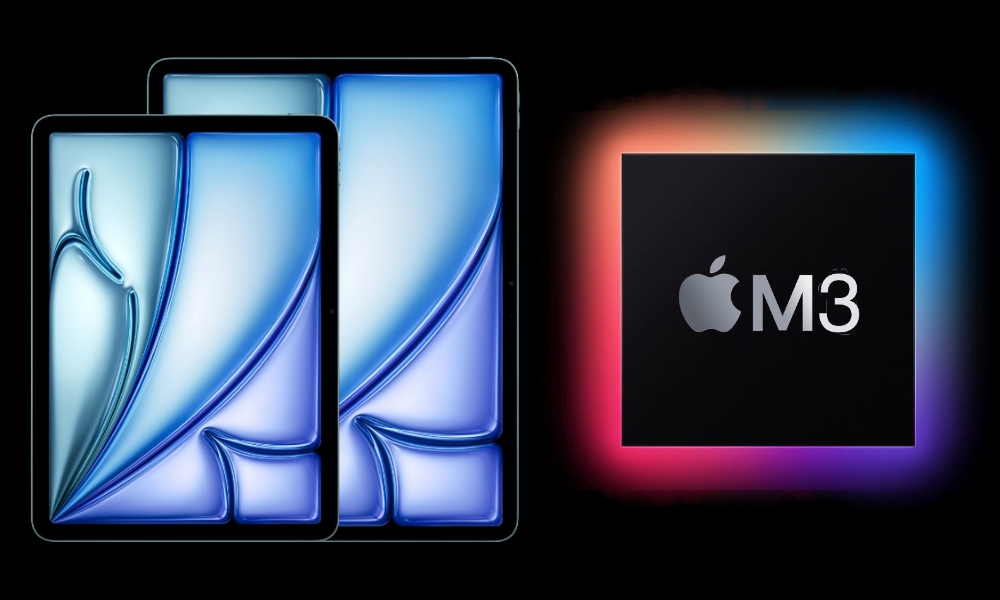
The iPad Air may finally be moving to an annual update cycle, with a new version expected to arrive in the next few months. The current M2 iPad Air was announced on May 7, 2024, so we wouldn’t expect a new model much sooner than that. Still, that’s a nice improvement, considering the iPad Air has typically gone up to two years between new releases. The M1 iPad Air that preceded the current model was announced on March 8, 2022, alongside the current iPhone SE, and the two models before that came in September 2020 and March 2019.
The new iPad Air is expected to be primarily a spec bump over the current model. It will almost certainly still feature a Liquid Retina LCD screen; an OLED iPad Air isn’t expected for another couple of years. The biggest change will be the chip inside, but the jury’s still out on whether it will move to an M3 or skip that and move to an M4.
There’s a case to be made for both. The M3 chip was produced using an “N3B” process that was inefficient at best. It’s unlikely that Apple plans to continue manufacturing these older chips. However, it might still have a pile of surplus inventory that it can use in an iPad Air, much like it did with the A17 Pro in last year’s iPad mini, which used the same N3B process. Those A17 Pro were “binned” chips that were unsuitable for the iPhone 15 Pro models, and an M3 iPad Air might find itself with a similarly scaled-down chip compared to what Apple used in its Macs.
While moving to an M4 chip might seem odd in light of the M4 iPad Pro, it’s not unreasonable when you consider that Apple’s MacBook Air and MacBook Pro ultimately end up using the same M-series chips. With a Tandem OLED display, Face ID, and an exceptionally thin design, the iPad Pro already sets itself apart from the iPad Air in enough ways that it wouldn’t matter for both to use the same M4 chip.
The 11th-Generation iPad
Apple is also expected to finally refresh its entry-level iPad this spring. That one is long overdue, so it would be more surprising if it didn’t release a new model.
From the resurrection of the standard iPad lineup in early 2017 until the current 10th-generation iPad debuted in September 2022, Apple has settled into a nearly annual release cycle. The 2017 and 2018 iPads came in March, but from 2019–2022 a new iPad arrived every September like clockwork. However, 2023 became the first year in iPad history that Apple didn’t release a single new tablet.
That dry spell ended with the M4 iPad Pro and M2 iPad Air in May 2024. However, while it got a drop in price, Apple’s most affordable iPad ran another full calendar year without an update.
The 11th-generation iPad will hopefully end that, but reports say we shouldn’t expect too many hardware changes. Apple already redesigned the tablet in 2022 to move it to USB-C and go with an iPar Air-style edge-to-edge screen. This year’s model should be more of the same, with the most significant upgrade being a new chip that will bring Apple Intelligence support.
As with the iPad Air, there’s some debate on what that chip will be. Possibilities range from an M1 to an A17 Pro. Some reports have even suggested an A16 Bionic chip. That’s the same chip used in the iPhone 14 Pro and iPhone 15, leading to speculation that the iPad might be left out of Apple’s AI features. However, as we explained in January, there seems to be no reason the A16 silicon can’t handle Apple Intelligence as it has a Neural Engine that’s more powerful than Apple’s M2 chip. The constraint on the iPhone models is insufficient RAM, but Apple could easily package a version of the A16 with the 8 GB of memory required for Apple Intelligence.
The ‘AirTag 2’
Don’t expect this one to get much fanfare, but Apple has reportedly had a next-generation AirTag in the works for a while, and most suggest it will launch this spring.
The so-called “AirTag 2” is expected to look nearly identical to the current one, with most of the real changes under the hood. However, don’t expect this to be compelling enough to make you throw out your old AirTags and rush out to buy the new ones.
At most, the rumors say we’ll get improved tracking range and practical privacy improvements to help prevent Apple’s trackers from being abused by stalkers and car thieves. This includes making the more tamper-proof so hackers won’t be able to disable the built-in speaker (which may also get louder). Apple will also likely use its more modern “U2” ultra-wideband chip that first came to the iPhone 15 lineup in 2023.
One thing the new AirTags aren’t expected to get is a rechargeable battery. By most reports, they’ll still be powered by the same CR2032 lithium coin cell as the current ones. Those typically last a year even, and there’s a possibility Apple could improve the power efficiency to extend that life even further.
The Pro M4 Macs
It’s been almost two years since the Mac Studio and Mac Pro received a silicon upgrade. Both skipped the M3 generation, likely because of Apple’s challenges in reliably fabricating higher-end versions of those chips, but Apple will rectify that this year with M4-series models.
That means not only a new M4 Max-equipped Mac Studio but also the debut of the even more powerful M4 Ultra chip. If Apple follows suit, the M4 Ultra Mac Studio and Mac Pro will arrive in June, around the time of its annual Worldwide Developers Conference (WWDC), pushing Apple’s professional Macs to even greater heights.
These models will also mark the first year since the debut of Apple silicon that the entire Mac family shares the same generation. The Mac Pro didn’t get the Apple silicon treatment until the M2 Ultra arrived in 2022, and the iMac skipped the M2 generation entirely.
Once those have received the M4 Ultra, Apple will turn its attention to the M5 chips, which will likely arrive this fall in what’s seemingly becoming an annual refresh of the MacBook Pro lineup.
The Apple Home Hub
Apple is reportedly working on at least three new smart home products for 2025. The two obvious ones — an Apple TV and a new HomePod mini — aren’t expected until later this year. However, reports last fall suggested Apple would be releasing a home hub as early as March 2025.
The new device was expected to be akin to an Amazon Echo or Google Nest Hub: an iPad-mini-like “command center for the home” that could be mounted on a wall or propped dup on a tabletop in a common area. It reportedly includes a camera for FaceTime, a rechargeable battery, and internal speakers. In addition to controller your home, it’s also said to include apps for web browsing, news, music, and even access to notes and calendar information.
Sadly, according to Bloomberg’s Mark Gurman, who provided the original insight and predicted March launch date, Apple has fallen behind on this one. The problem isn’t so much the hardware, but the software, which seems to be plagued by the same problems Apple has been having with smartening up Siri in iOS 18.4.
Apple wants to distinguish the home hub by having it rely on Apple Intelligence, including the App Intents feature that will let you ask Siri to do things inside third-party apps. This is critical to powering a home hub that can be interacted with using voice commands, but Apple is reportedly still fine-tuning things.
It’s unclear when it will crack this nut, but since the hardware may be nearly ready to go, it’s still possible we could see Apple’s Home Hub this spring if it can work out those software details. Put this one into the wildcard category; we certainly hope it arrives sooner rather than later, but we’ve also been waiting for an Apple Home Hub for years, so what’s a few more months if Apple takes the time it needs to get it right?

